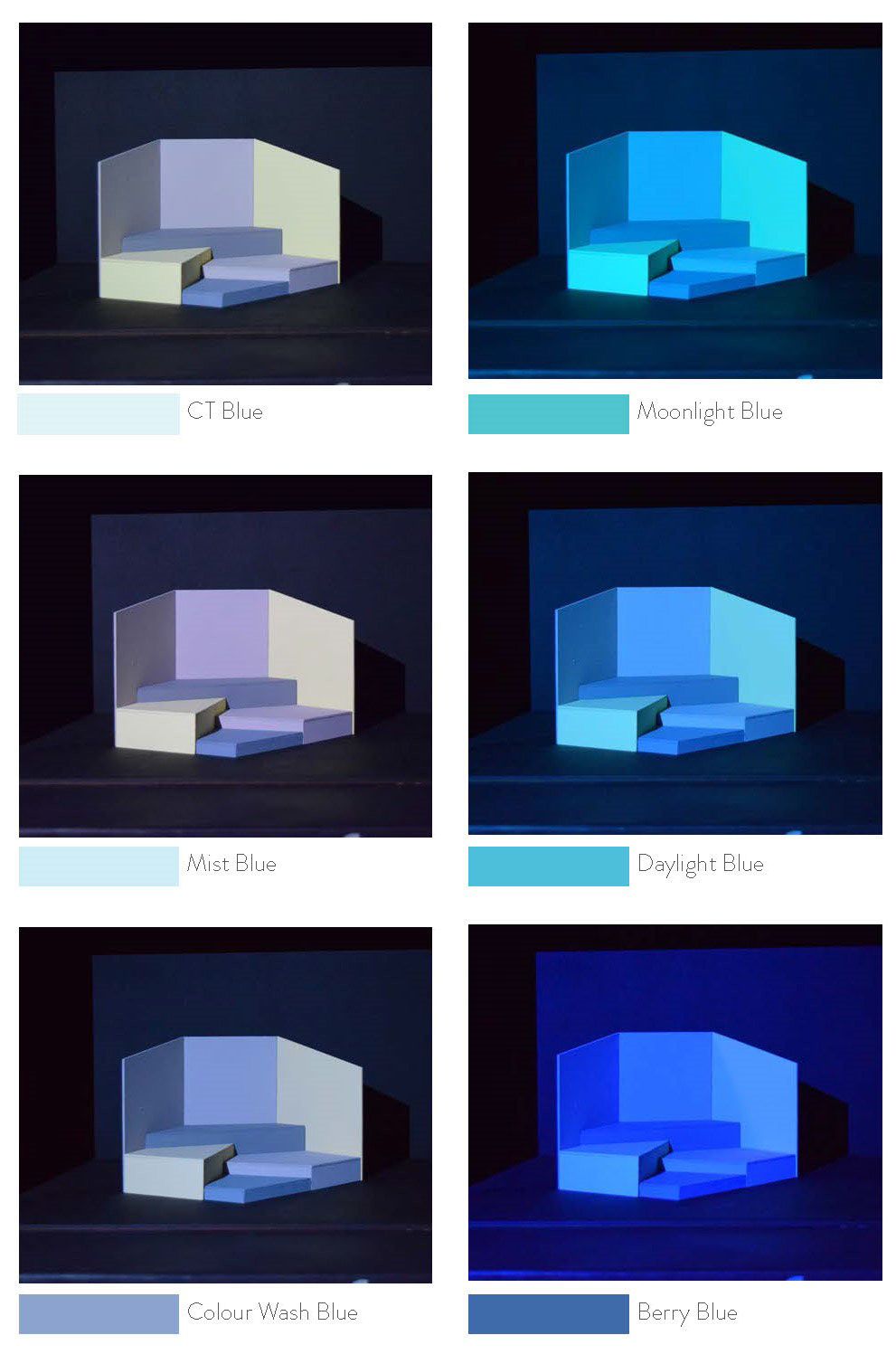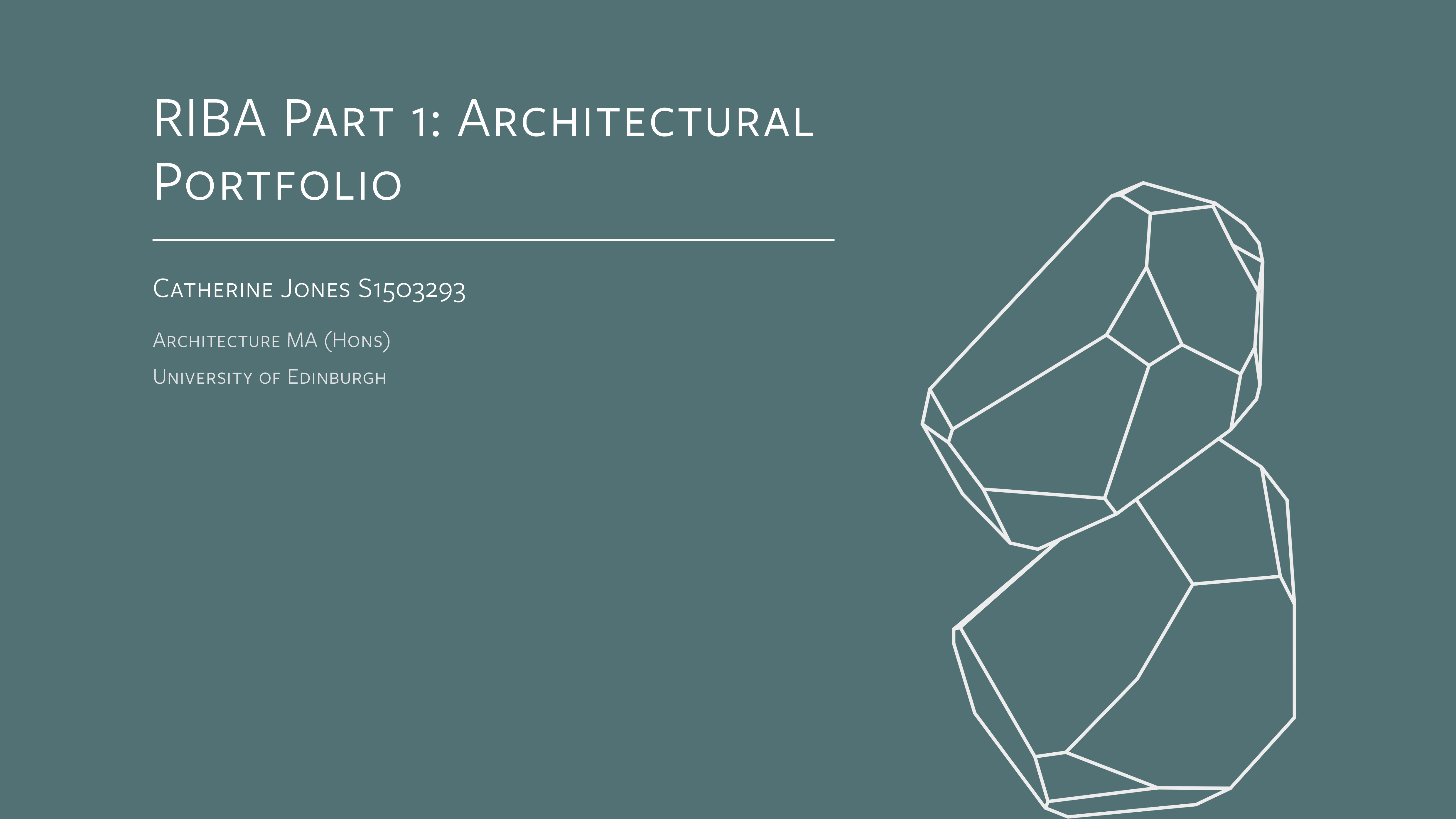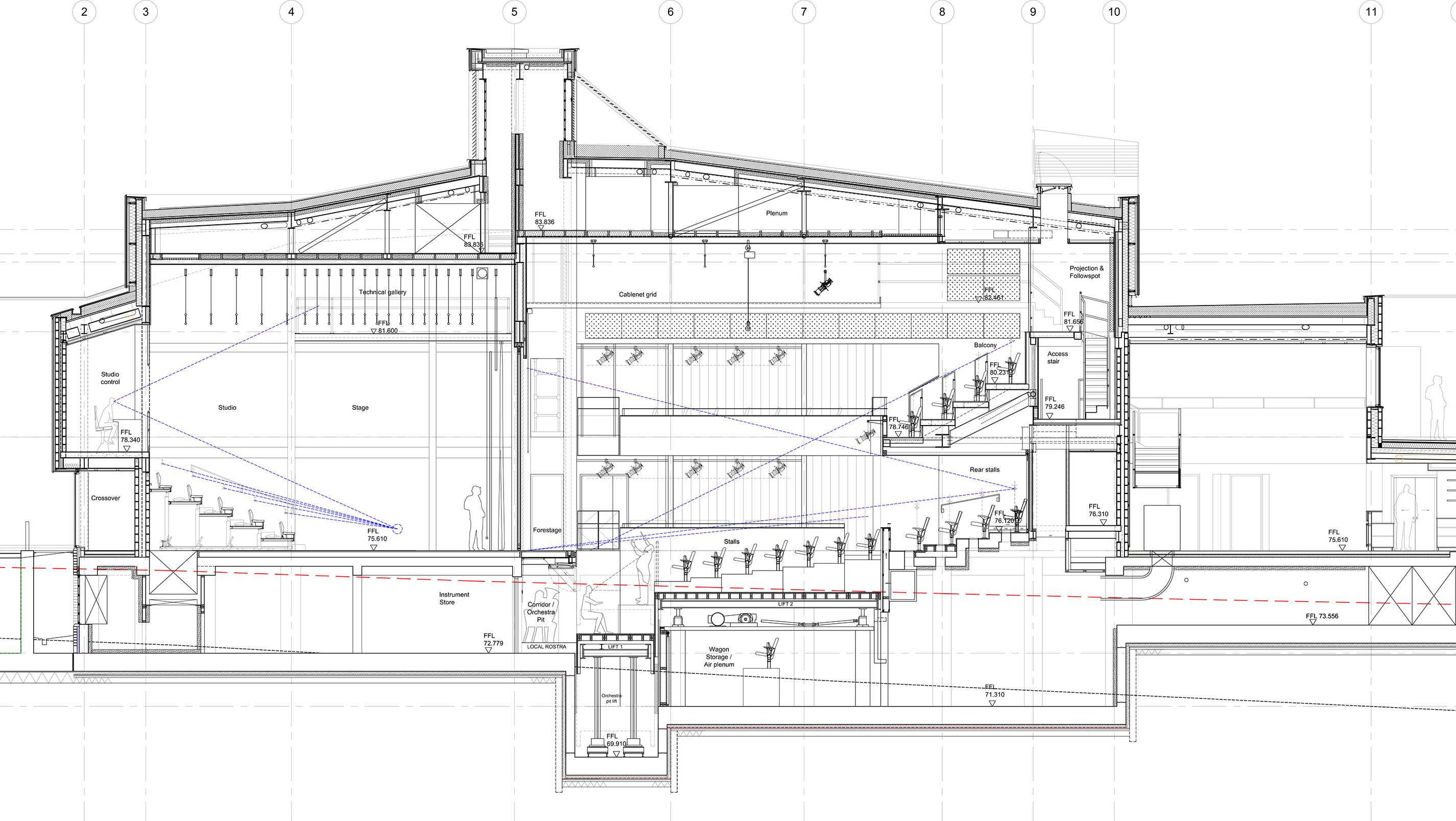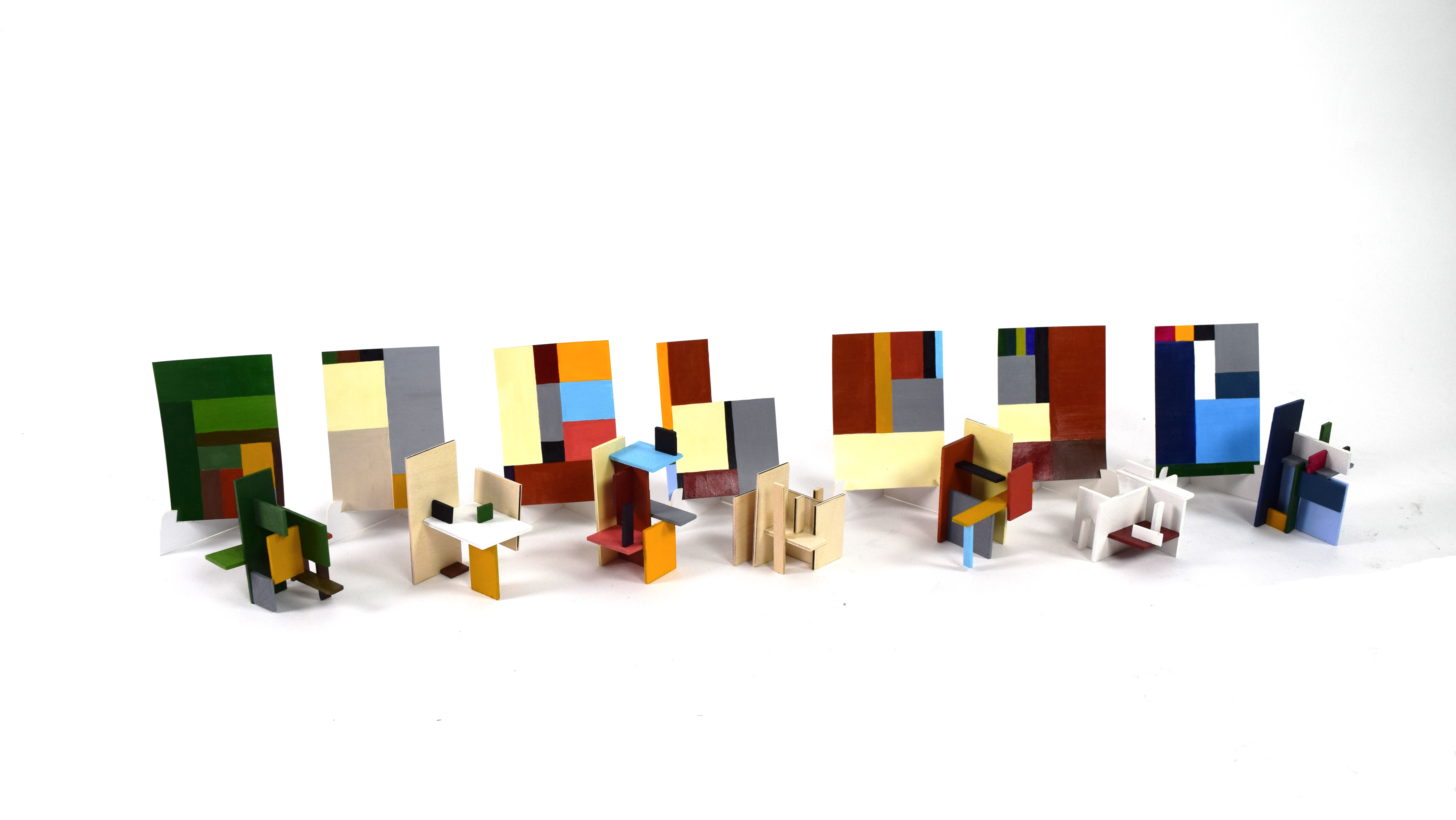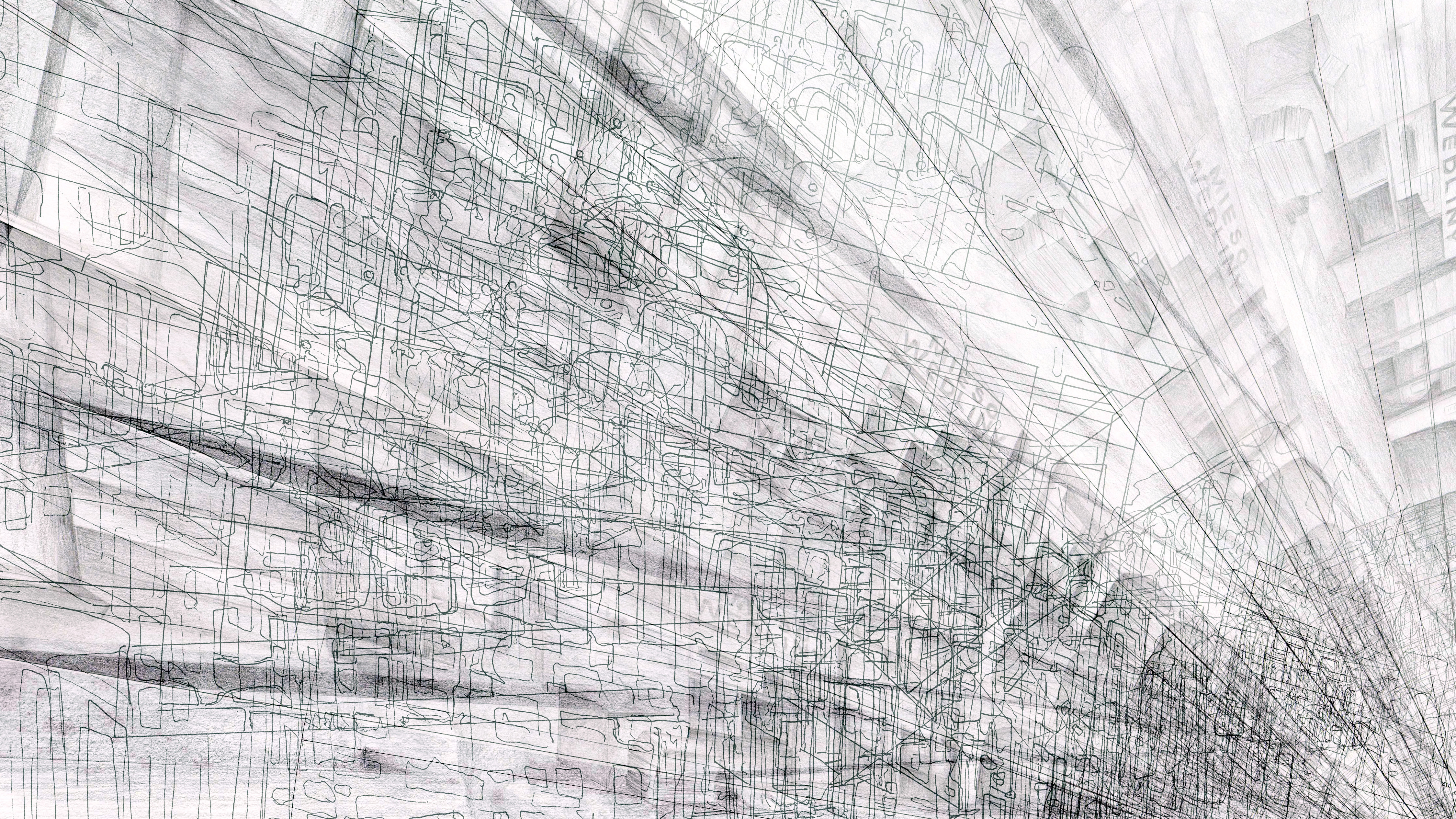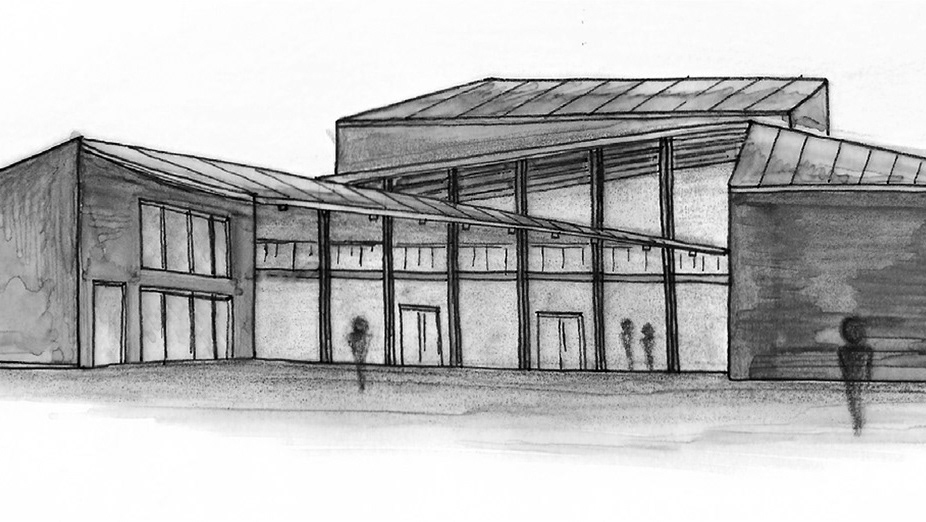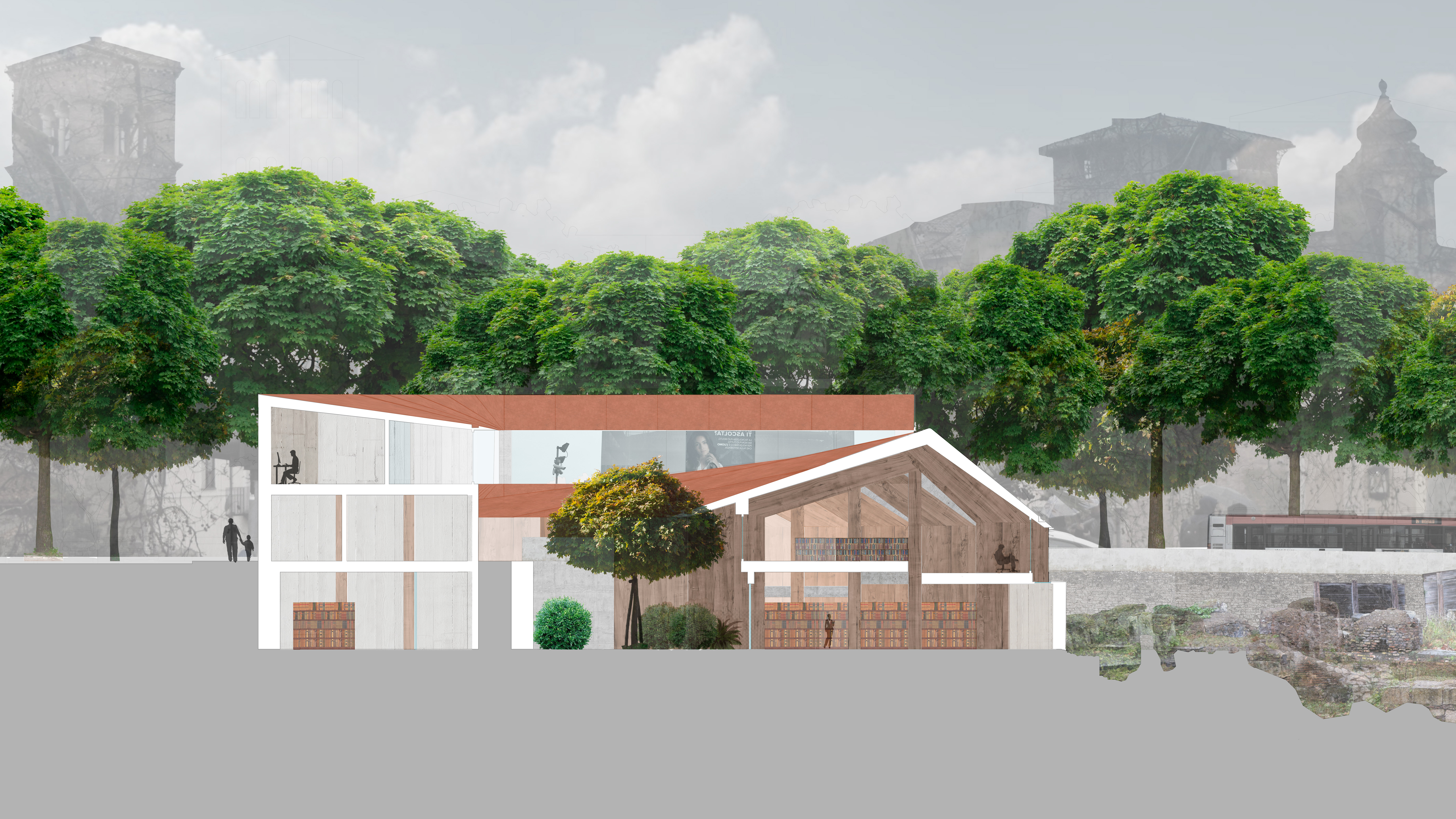The project looks at how pigment colour is affected by coloured light, it used the context of theatre to carry out experiments, but the findings could still be applied to other disciplines. Colour is very important to theatre because it is needed to convey mood, setting and atmosphere, and if this is understood well, then the theory used here could be very informative for architects. Colour is not often considered at the early stages of architectural design. Still, this project looked at precedents and experiments that made colour a focal part of building design rather than an applied afterthought. This theme runs through my work, and I have made several attempts to investigate architectural colour in several ways; this is something I hope to continue working on through professional practice.
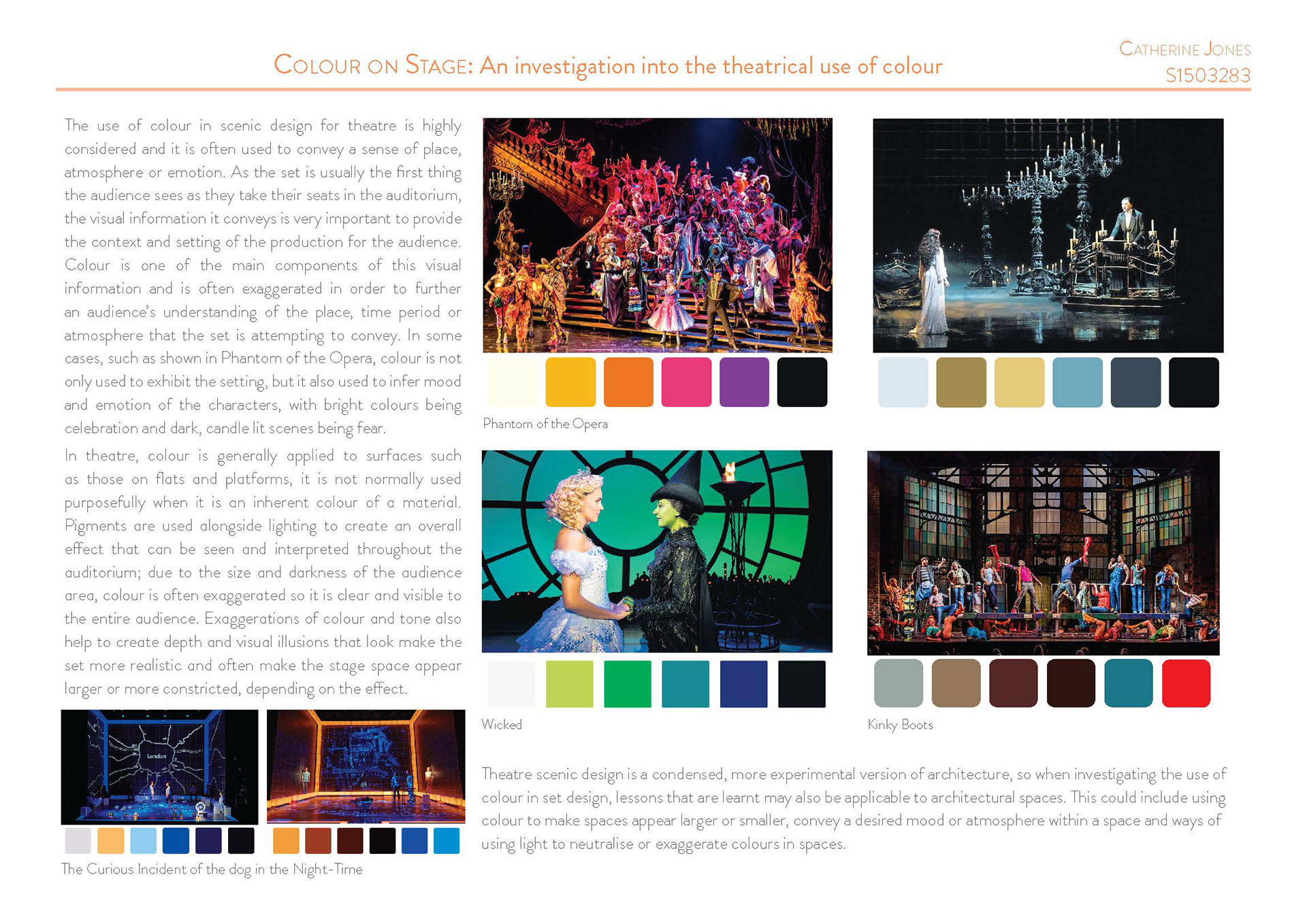
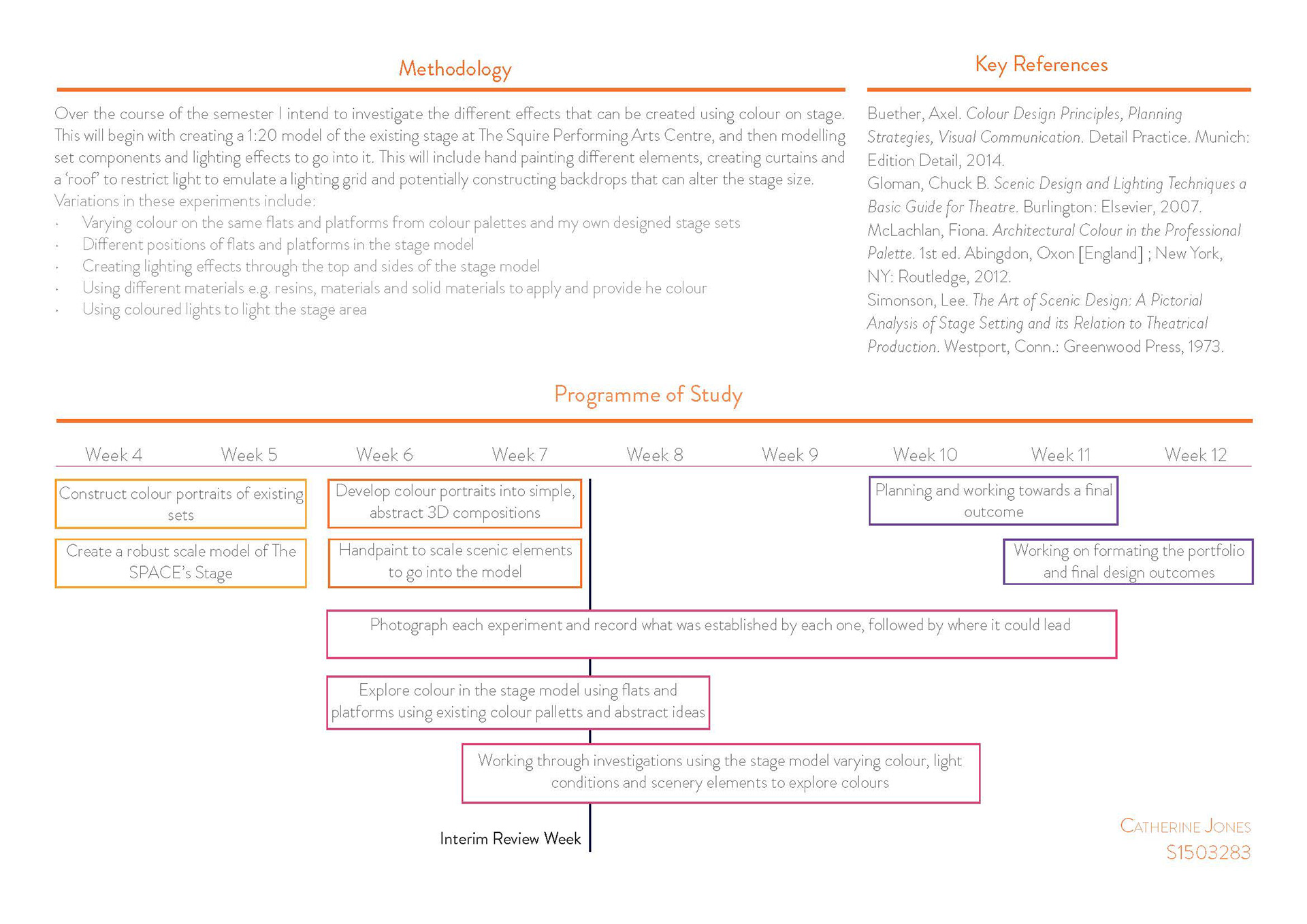
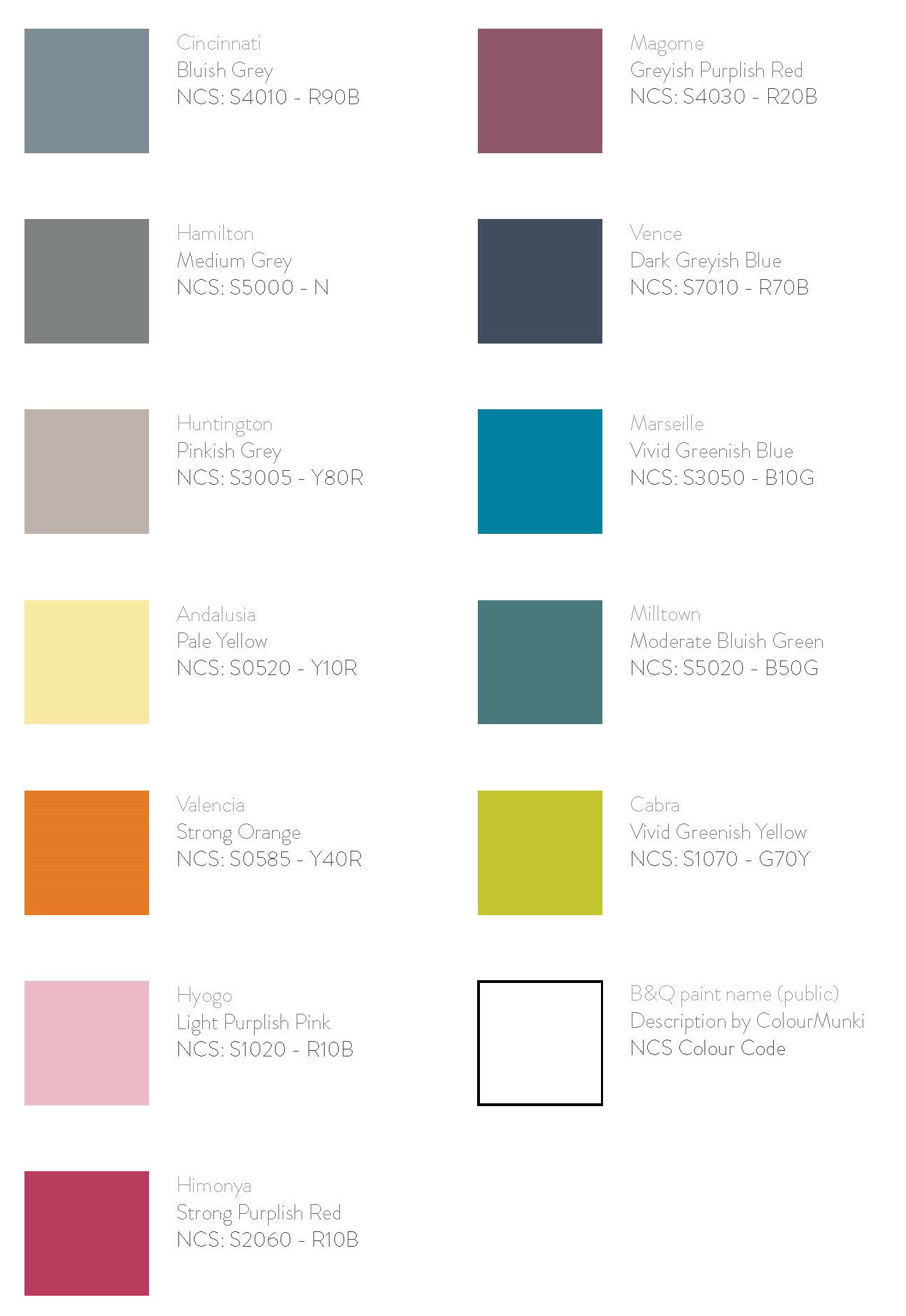
Chosen pigment colours

Understanding pigment colours
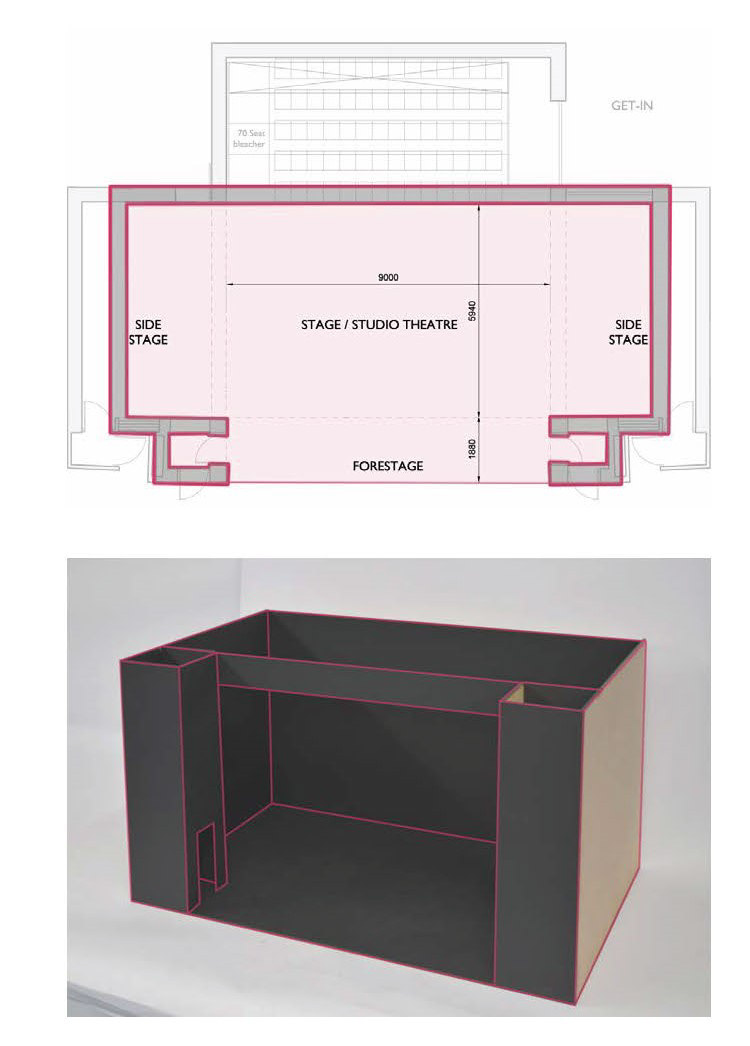
Stage model for the experiments
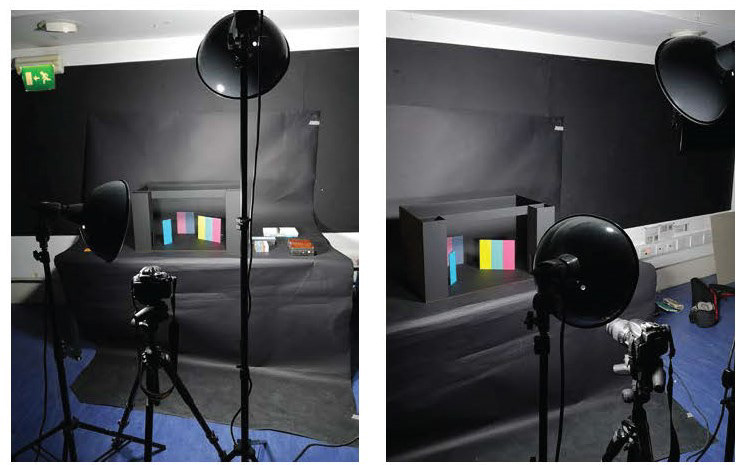
Stage model and experiment set up
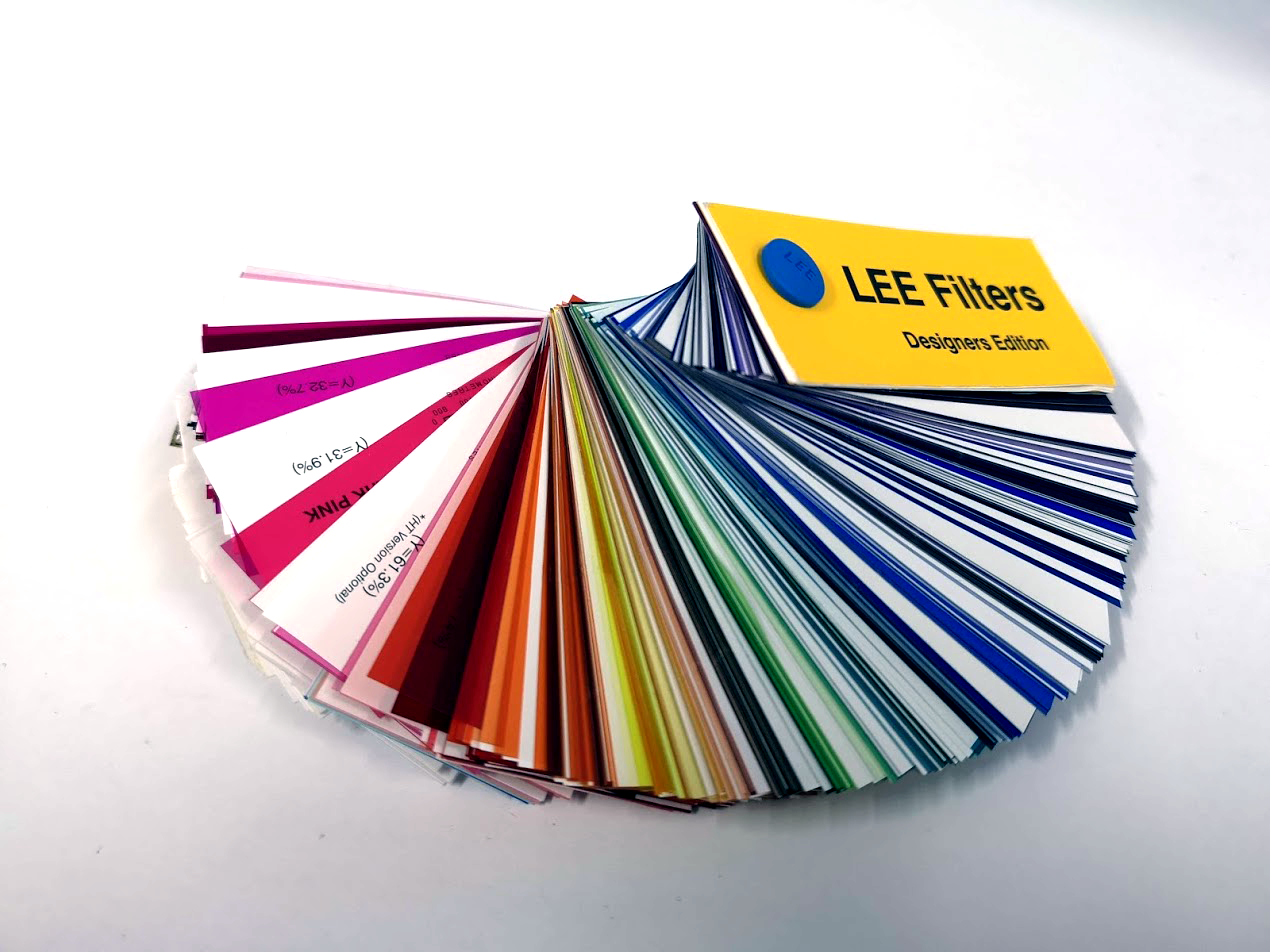
Coloured light filters
Experimentations were carried out on a number of different arrangements of painted-coloured boards using different coloured lights. In each case, the perception of the different colour changes and this is recorded as changing NCS colour values and as subjective observations. I then collated all of the variations shown by each pigment colour and recorded them below.
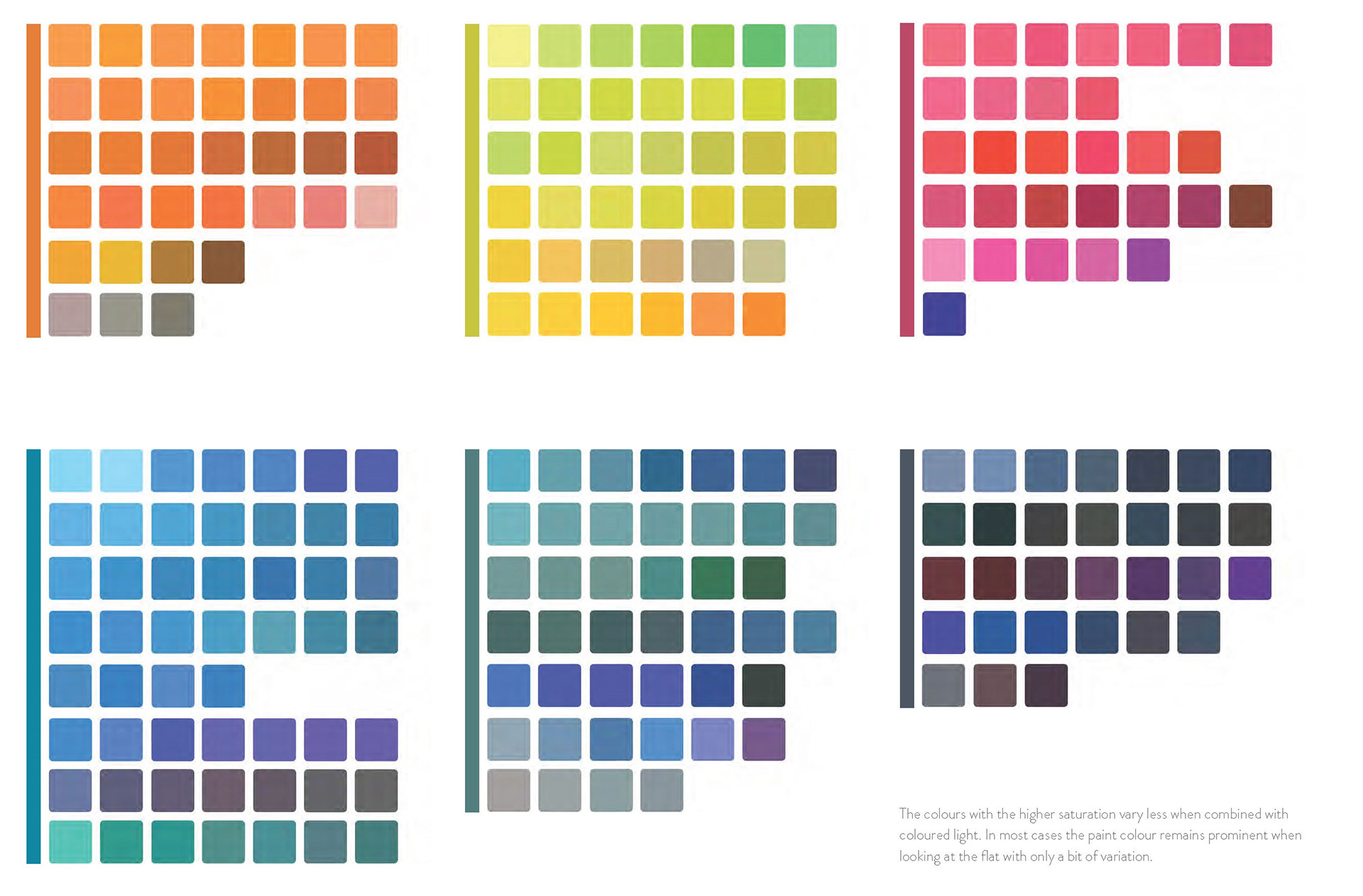
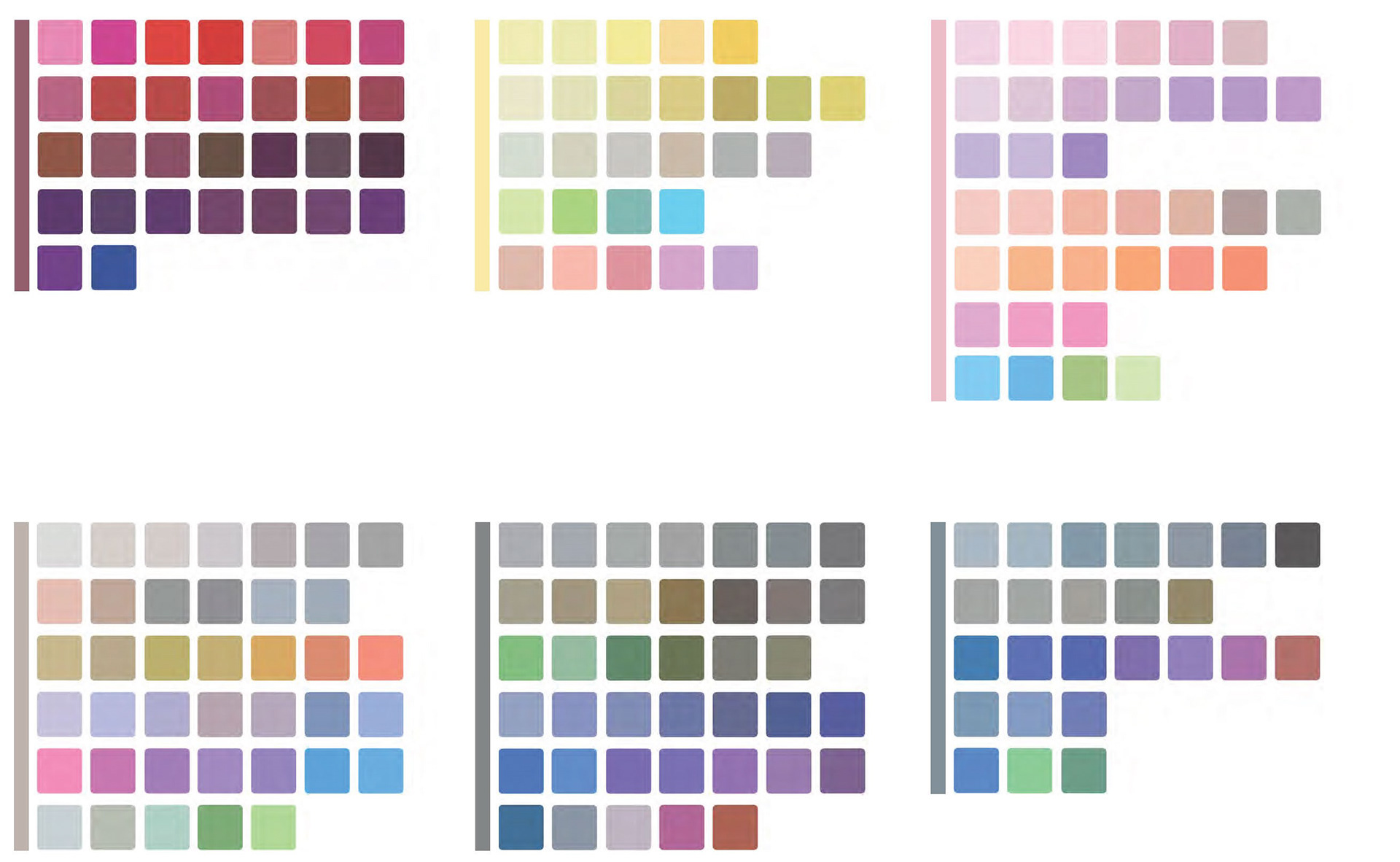



The second experiment looked at how the colour of a more neutral-pigmented set piece was changed. This resembles more of a room rather than flat blocks of colour, more akin to architecture than simply the colours themselves. The second set of experiments used a wider range of coloured light and was used to create the cover image of this project at the top of the page.
